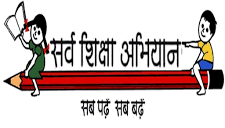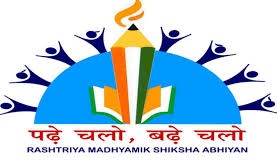| INTRODUCTION |
|---|
|
The Department of School Education, Ministry of Human Resource Development, Government of India in the year
2018-19 has integrated 3 major schemes of School Education i.e. Sarva Shiksha Abhiyan (SSA), Rashtriya Madhyamik
Shiksha Abhiyan (RMSA) and Teacher Education (TE) into one Centrally Sponsored Scheme through a Single State
Implementation Society (SIS) known as “Samagra Shiksha Abhiyan” at the State Level.
Financial Norms: The fund sharing pattern for the scheme between Centre and States is proposed to be in the ratio of 60:40. This is in accordance with the recommendations of the Sub Group of Chief Ministers on Rationalization of Centrally Sponsored Schemes received in October, 2015 The major interventions, across all levels of school education, proposed under the scheme are:
It is proposed that preference in the interventions would be given to Educationally Backward Blocks (EBBs), LWEs, Special Focus Districts (SFDs), Border areas and the 115 Aspirational districts. The main emphasis of the Integrated Scheme is on improving quality of school education by focussing on the two T’s – Teacher and Technology. The strategy for all interventions under the Scheme would be to enhance the Learning Outcomes at all levels of schooling. The scheme proposes to give flexibility to the States and UTs to plan and prioritize their interventions within the scheme norms and the overall resource envelope available to them. Funds are proposed to be allocated based on an objective criteria based on enrolment of students, committed liabilities, learning outcomes and various performance indicators. The Scheme will help improve the transition rates across the various levels of school education and aid in promoting universal access to children to complete school education. The integration of Teacher Education would facilitate effective convergence and linkages between different support structures in school education through interventions such as a unified training calendar, innovations in pedagogy, mentoring and monitoring, etc. This single Scheme will enable the SCERT to become the nodal agency for conduct and monitoring of all in-service training programmes to make it need-focused and dynamic. It would also enable reaping the benefits of technology and widening the access of good quality education across all States and UTs and across all sections of the Society. |
 Home
Home Skip to Main Content
Skip to Main Content Screen Reader Access
Screen Reader Access



 Testimonials
Testimonials

